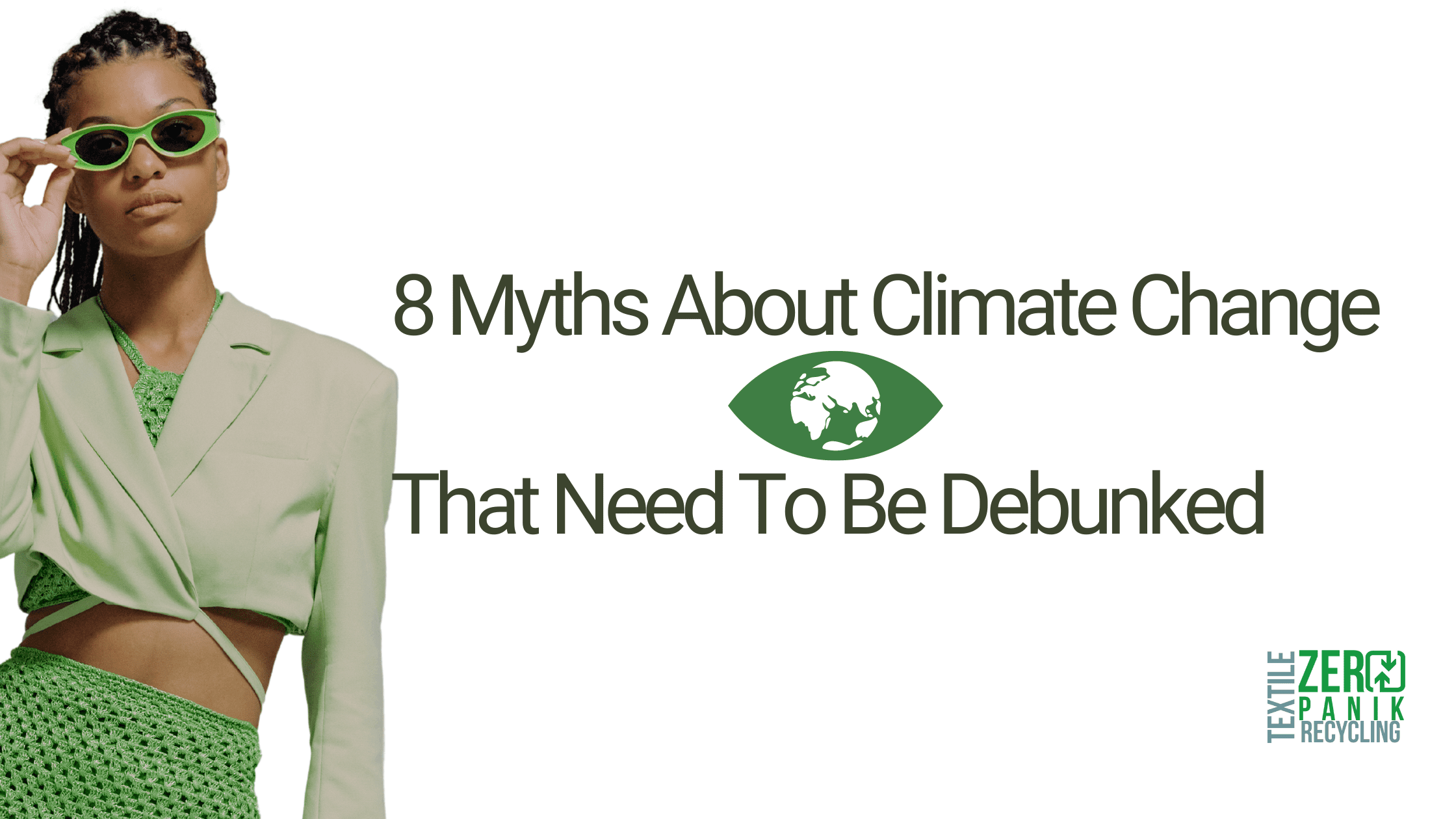
Introduction
Climate change is one of the most pressing issues of our time. It is a global crisis that threatens the very existence of life on earth. Despite the urgency of the situation, there is a lot of misinformation about climate change circulating in the public sphere. Part of the problem is that the issue is complex and often misunderstood. In addition, there are vested interests that benefit from confusion and denial. For these reasons, we must debunk the myths about climate change and get the facts straight. Keep reading to learn about 8 of the most common myths about climate change – and the truth behind them.
8 Myths About Climate Change
Myth 1: Climate change is a hoax
This is one of the most widespread myths about climate change. But the truth is that the overwhelming consensus of scientific evidence shows that climate change is real and caused by human activity. The Intergovernmental Panel on Climate Change (IPCC) was established in 1988 to evaluate the state of scientific knowledge about climate change. Since then, the IPCC has released five major assessments of the science of climate change and its impacts. All of these assessments have concluded that climate change is real and is caused by human activities. Moreover, 97 percent of all climate scientists agree that climate change is caused by human activities and that the observed warming over the last century cannot be explained by natural causes alone.
Myth 2: It’s not caused by human activity
Another widely-held myth about climate change is that it is caused by natural forces, not human activity. That is simply not true. The human influence on climate change is so strong that it is sometimes referred to as “anthropogenic global warming.” The evidence for this is overwhelming. For example, the burning of fossil fuels releases huge amounts of carbon dioxide into the atmosphere. This is the major cause of the warming that is seen today. Moreover, there is an abundance of research showing that human activities are responsible for the majority of the observed warming over the past century. Furthermore, the basic physics of the greenhouse effect – which is driven by the increasing levels of carbon dioxide and other greenhouse gases in the atmosphere – is well understood. It is beyond any doubt that human activities are the major cause of climate change.
Myth 3: The debate is settled
This is another common myth about climate change that is often used as an excuse for inaction. But the reality is that the debate is far from settled. There are still many gaps in our knowledge of the climate system and there is still much research to be done. That is not to say that there isn’t a consensus of scientific evidence – there is. But climate science is a developing field and research is ongoing. Furthermore, there is a wide range of opinions amongst scientists on the best ways to respond to climate change and its consequences. This is an area of intense debate and the conversation is far from finished.
Myth 4: We are doomed
This is another myth about climate change that is often used to spread fear and paralyze people into inaction. But this ignores the fact that there are things we can do to mitigate the impacts of climate change. The truth is that while the impacts of climate change may be severe, they are not unstoppable. We have already taken many steps to reduce greenhouse gas emissions and make our societies more resilient to climate change. The Paris Agreement, which was signed in 2016, is a good example. This agreement sets out a framework for international cooperation to reduce greenhouse gas emissions and build greater resilience in the face of climate change. In addition, many countries have adopted policies to promote the shift to clean energy sources such as solar and wind. At the domestic level, there are steps that individuals can take to reduce their carbon footprints.
Myth 5: Climate change is natural
This is a myth that is often used to downplay the role of human activities in causing climate change. But the simple fact is that climate change today is far faster than anything ever seen in the natural climate record. Theoretical models and observations both support the idea that human activities are responsible for a large part of the recent climate change. The observed warming over the last century cannot be explained by natural forces alone. Climate change is driven by the increasing greenhouse gases in the atmosphere, primarily caused by human activities.
Myth 6: Clean energy is too expensive
It is often argued that transitioning to clean energy sources is too costly. But this ignores the fact that in many cases, renewable energy is now cheaper than fossil fuels. In some places, renewable energy is even cheaper than coal. Moreover, the economics of renewable energy is changing fast, and the cost of solar and wind energy is dropping rapidly with each passing year. In addition, many countries have implemented policies to support the shift to clean energy. These include feed-in tariffs, subsidies, and carbon pricing. All of these factors are helping to drive down the cost of renewable energy and make it a more competitive option than ever before.
Myth 7: China is the leading cause of climate pollution
This is often used to deflect responsibility for climate change away from Western countries and onto developing countries such as China. But the reality is that the US and Europe remain the leading emitters of carbon dioxide and other greenhouse gases. The US alone accounts for 14.9 percent of global emissions and the EU-27 accounts for 10.6 percent. China is second and accounts for 9.7 percent. India is third, with 6.3 percent. So while it is true that China and India are major contributors to climate pollution, they are far from the only sources. The US and Europe continue to be the main sources.
Myth 8:There’s nothing we can do about it
This myth emphasizes the sense of helplessness and despair many people feel in the face of climate change. But that doesn’t mean that there aren’t solutions. There is a growing recognition of the need to take urgent action. Many countries have already taken steps to reduce their emissions, promote clean energy sources, and build greater resilience. At the individual level, there are many things we can do to help. This includes reducing our energy consumption, switching to renewable energy sources, and supporting climate-friendly endeavors.
Conclusion
Climate change is a complex and pressing issue and we must get the facts straight. The myths about climate change are dangerous and spread confusion and discouragement. By debunking these myths, we can begin to make progress and take meaningful steps toward a more sustainable future.
